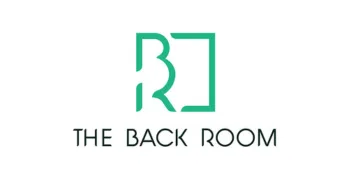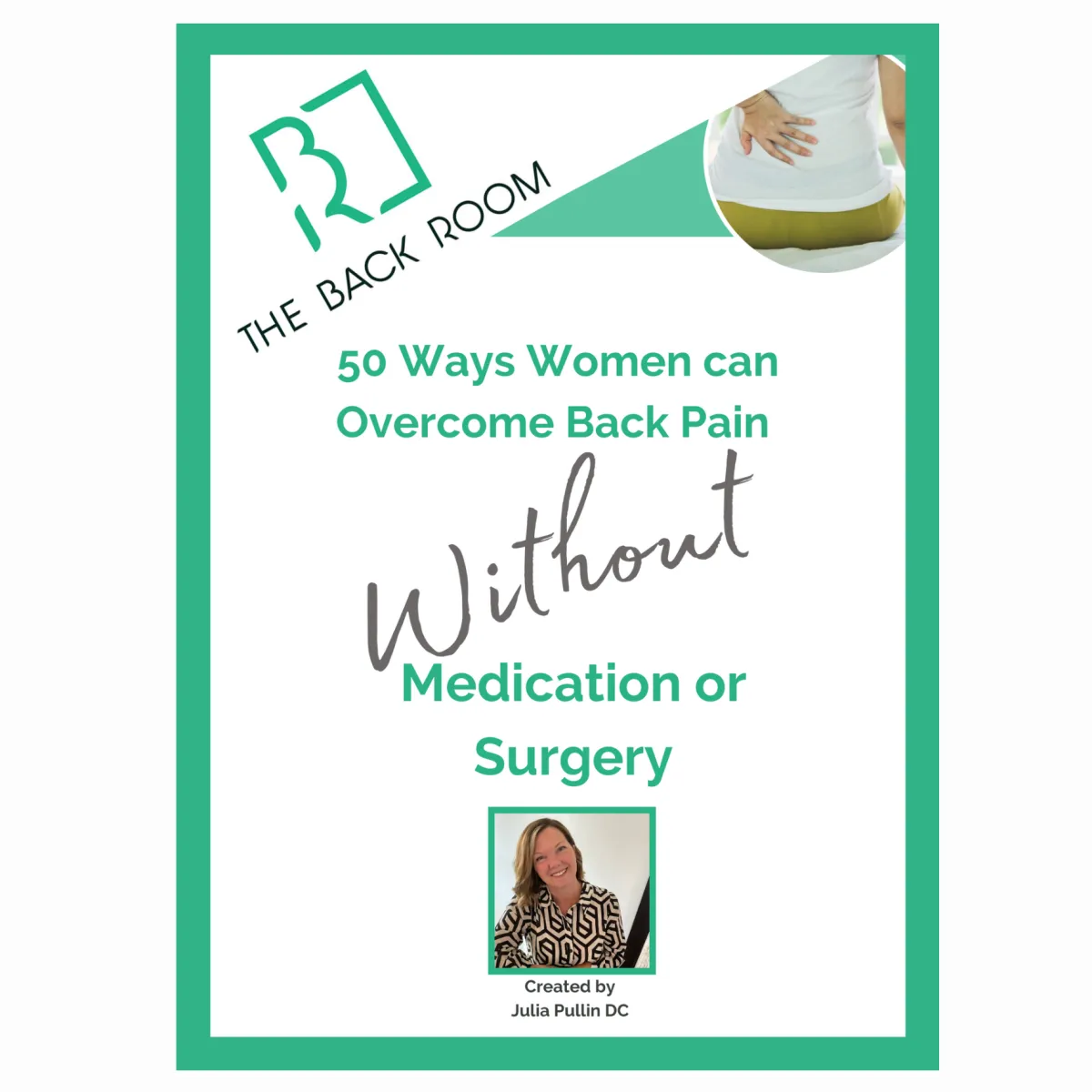
Back Buster Blog!
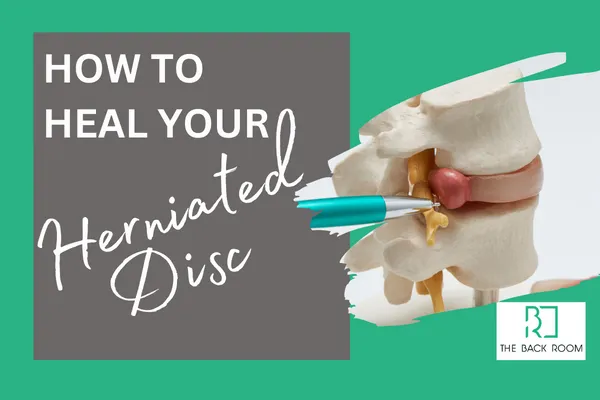
How to Heal your Herniated Disc
How to heal your Disc Herniation
You're absolutely right in seeking alternative and natural approaches to find relief from disc herniation-related pain. Surgery should indeed be a last resort because it doesn’t always result in predictable results (1), so let's dive into some of the key points to help with your recovery.
Disc Herniation: What You Need to Know
Disc herniation, often called a slipped, prolapsed or ruptured disc, occurs when the inner gel-like substance of a spinal disc protrudes through a tear in the disc's outer layer. This can lead to intense pain and discomfort due to the pressure exerted on nearby nerves.
Interestingly, many people also experience no pain at all from a disc herniation and it’s often an incidental finding when they have an MRI for other reasons.
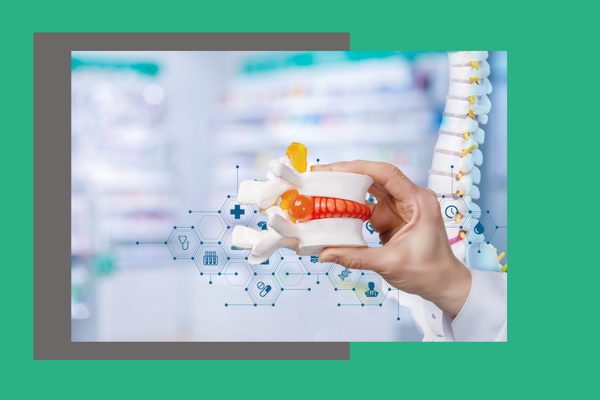
Natural Healing for your Disc
Conventional therapy for a disc herniation usually begins with pain relief or anti-inflammatory medications, followed by muscle relaxants, nerve pain blockers, physiotherapy/physical therapy, the pain clinic where severe cases will be sent for facet injections and then finally surgery.
Unfortunately the process is slow due to waiting list times but the great news is there is plenty you can do for yourself and below are just some of my best tips for those of you struggling with disc issues.
Controlling Inflammation: Ice Therapy
Inflammation plays a crucial role in disc herniation-related pain. Ice therapy can be an effective, natural way to reduce inflammation and alleviate discomfort. Applying ice for short periods can make a significant difference.
Nutrition: "The BIG 3" Supplements
There are only limited supplements that I recommend and this is because they are very difficult or impossible to get in adequate levels for your body with a Western diet. Those I would advise are “The BIG 3”
1. Omega 3 (Fish Oil): Omega 3 deficiencies are common nowadays, as our diets have shifted away from fresh fish. These essential fatty acids promote the production of chemicals that control inflammation throughout the body, including your joints, bloodstream, tissues, and bones.
2. Vitamin D: Widespread deficiencies, particularly in northern regions, can impact your body's ability to manage oxidative stress and inflammation. Research also suggests a role in intervertebral disc health.
3. Probiotics: Non-dairy gut microbes can help your body absorb nutrients efficiently. This is vital for overall health, including spinal wellness.
Of note is that Vitamin K levels drop after a spinal disc has been injured. This is because Vitamin K binds to injured sites to aid in healing and therefore supplementation may be useful.
Otherwise, a healthy diet rich in quality, organic meat, fish, eggs, fruit and vegetables is needed – a healthy you=a healthy spine.
Spinal Movement: Why It Matters
Chiropractors and Osteopaths assess the movement of your spinal joints for several reasons. Good movement takes the strain off your discs, improves nerve flow to your muscles, enhances coordination of the muscles surrounding the disc, and can even alter pain messages to your brain, leading to reduced discomfort.
Exercise for Disc Healing
In my experience, unaccustomed overuse (the weekend gardener), the prolonged sitters (office workers) or excessive repetitive weight (the weightlifter) are most at risk of disc damage. The first two being due to poor tone, coordination and posture. The third being young and thinking your body is infallible!
Exercise is a critical component in healing your disc, however it should be staged and tailored to your specific condition.
Exercise to heal the disc should be staged:
1. McKenzie extension exercises
2. General stretches that include a psoas stretch
3. The Aeroplane
4. The McGill Big 3
These exercises help stabilize the spine, strengthen your muscles, improve your posture, and reduce the forces exerted on your disc.
For those of you with sedentary jobs – regular movement is essential for the health of your discs and overall spinal health – get up regularly, go for a walk at lunchtime and some evening stretches will help you get topside too.
Posture: Your Spine's Best Friend
Maintaining good posture can significantly reduce pressure on your spine and discs. Remember that the way you sit and stand matters for your spinal health.
Rest and Recovery
Your discs lack a blood supply, so gravity plays a key role in nourishing them. Lying flat allows fluid with essential nutrients to flow into your disc. Proper rest is crucial for recovery.
When you lie down – fluid (with lots of lovely nutrition) flows in to the disc and plumps it ups (yes you are taller in the morning!)
During the day, while standing – the pressure of your weight squeezes waste products out of the disc.
Having adequate rest, where you are lying fully flat is therefore very important for your discs to recover.
Managing Stress
Chronic stress can have detrimental effects on your body, including back pain.
Stress can be linked to back pain in several ways:
Muscle tension: Stress can cause the muscles in your back to tense up, which can lead to stiffness and pain.
Increased sensitivity to pain: Stress can make the body more sensitive to pain.
Inflammation: Chronic stress can lead to inflammation throughout the body, including in the back, which can cause pain.
Reduced blood flow: During stressful times, your blood vessels may constrict, reducing blood flow to your back muscles resulting in more pain.
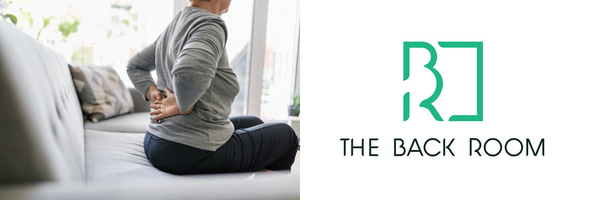
Additional Tips for Healing and Prevention
Maintain a healthy body weight: Excess weight can place added pressure on your spine and make it more vulnerable to herniation.
Quit smoking: Tobacco products reduce oxygen flow to damaged tissues, impeding their healing and causing stiffness.
By following these natural and conservative methods, you can take control of your disc herniation and work towards a pain-free, healthier back. Remember, surgery should be your last option, not the first.
Sending healing vibes your way
Julia
X
If you would like to work 1:1 with Julia to maximise your healing Click Here
Resources
Your BackScore
I've always believed that awareness is the first step of any journey towards improvement and the BackScore is designed to create that awareness.
Take your spinal health to the next level with 12 RAPID QUESTIONS TO HELP YOU BUILD A BETTER BACK.
✅This is completely free
✅It takes less than 2 minutes
✅You'll receive customised results instantly
50 Ways Women can Relieve Back Pain without Medication or Surgery
Sometimes it's hard to know where to start when you're not following your GP's instructions or advice, and I know some of you will feel like you're going behind their back but I'm here to say...
"Draw a line in the sand, become a pioneer with me, and explore other possibilities"
I'm a Chiropractor and self confessed Natural Health Pioneer that wants to show you there are alternative options to help you recover or better manage your back pain...and lots of them!
Click here to get your download and see just a few of the options and possibilities for you to explore.
With my love
Julia
X
HEALTH ADVICE DISCLAIMER
All content is created for informational purposes only.
The Content is not intended to be a substitute for professional medical advice, diagnosis, or treatment.
Always seek the advice of your physician or other qualified health provider with any questions you may have regarding a medical condition. Never disregard professional medical advice or delay in seeking it.

